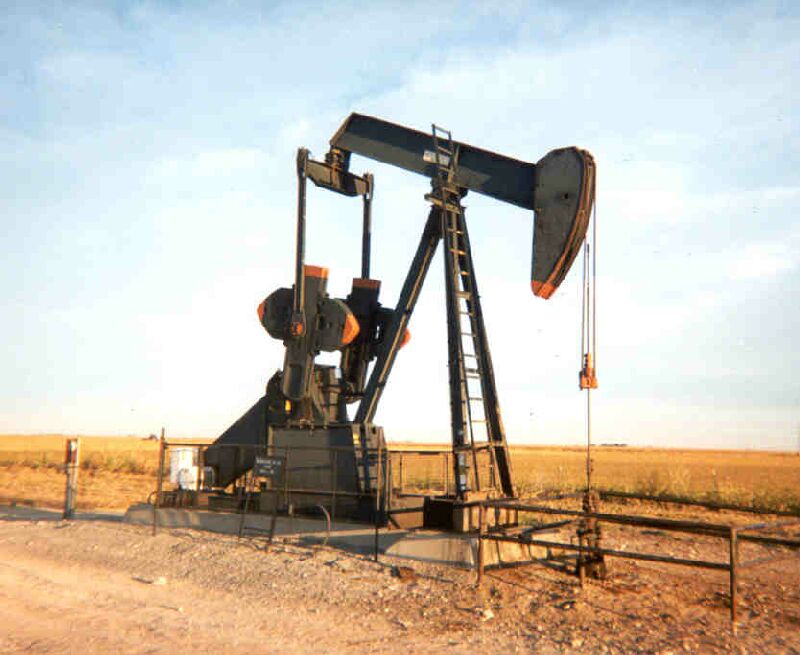Oil Well
An Oil well is a term used for any drilling on the land surface and is basically used to generate oil or perhaps even natural gas. Generally a few natural-gas is at the same time generated along together with the oil. Therefore a well that is designed and executed to produce mostly or primarily gas must be called as gas well.

Production Cycle Of An Oil Well
An oil well can be of three types: exploration, production or injection. These types undergo the following distinct stages:
Exploration
- Design of oil well
- Drilling oil well
- Profiling (LWD / logging out)
- Oil well casing
- Formation test (if desired and hydrocarbon carrier by carrier / partners)
- Abandoned oil well
Production And Injection
- Design of oil well
- Drilling oil well
- Profiling (LWD / logging out)
- Oil well casing
- Oil well completions
- Oil Well production / injection in oil well
- Abandoned oil well
History Of Oil Wells
The First ever oil well was drilled in China somewhere around 346 CE. It had a depth of nearly 240 meters, and was drilled using drill rods coupled to bamboo. The actual essential oil was burnt to escape brine and generate the salt. The historic records of Japan as well as china are known to consist of many allusions in order to the usage of gas intended for lighting along with warming. The oil industry in the Middle-East was developed in the eighth century. Petroleum has been distilled by just an alchemist from Persia whose name is -Muhamad ibd Zakeriya Raze in the ninth century, which produced products for example kerosene in alembics, and this was basically used and meant for kerosene based lamps. Chemists in Arabs and Persians also distilled crude oil to be able to obtain products flammable for military purposes.
Sources reveal that since the ninth century, the particular gas fields had been used in the community close to current Baku, Azerbaijan, on the coast line from the Caspian, Beach, to create naphtha for the oil market. These types of areas had been defined by Marcus Polos in 1264, who explained the production and functioning of the oil wells. Shallow graves were dug in Baku during the 15th century to allow collecting oil, whereas hand dug holes up to 37 meters deep were started off up till the 16th century. These wells produced nearly up to 29,000 barrels of oil. In addition, drilling offshore began in Baku at Bibi-Eibat area within 1846. In the Modern times, the first industrial oil properly came into functioning with Oil-Springs, at Ontario in 1857.
Edwin Drake, an American “colonel” designed the first oil derrick on the twenty-seventh august, 1859 in Pennsylvania, us. In December 2007, Brazil reached a record high in oil production, surpassing the mark of 2 million barrels per day. To reach this level of production, Petrobras inaugurated five new platforms during the year. This particular oil is usually enhanced into gasoline, kerosene, fuel oil as well as other products. To sustain this consumption, oil companies need to constantly look for new sources of oil, as well as improve the production of existing wells.

















